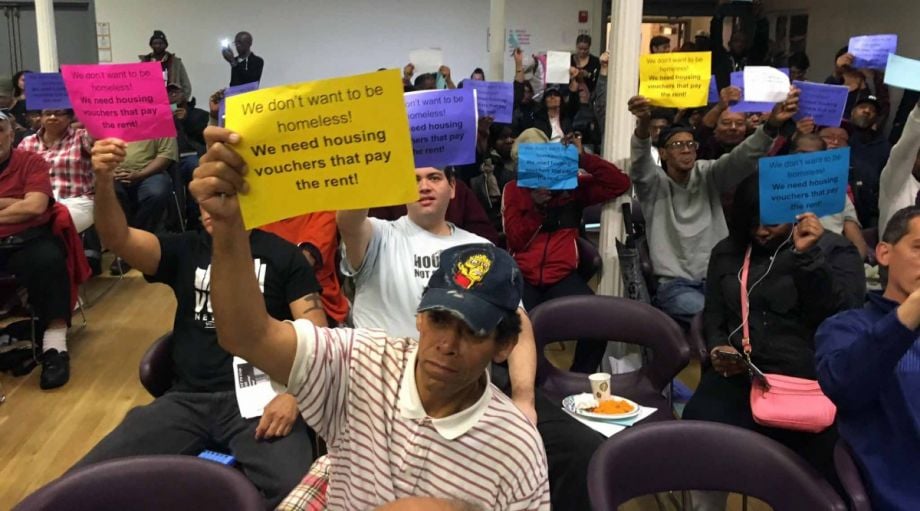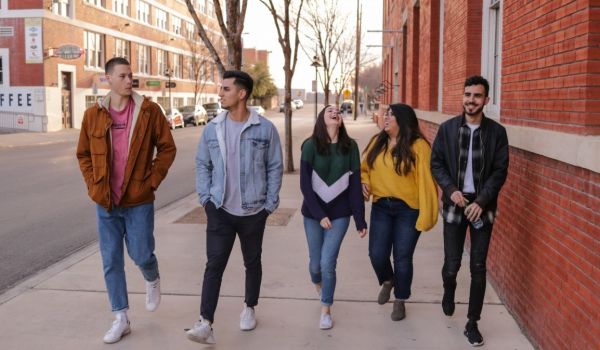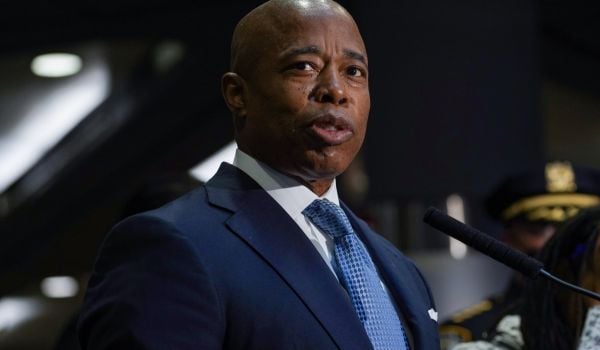Milton Perez has spent years in New York’s shelter system, often sleeping in dormitory-style rooms with up to 20 other people and just three or four feet of space on either side of his bed. Last May, as part of the city’s emergency response to the Covid-19 pandemic, he moved into a hotel in Brownsville, a neighborhood in Brooklyn, where he now has one roommate and quite a bit more space. Then in June, he secured a housing voucher through a program called CityFHEPS, short for Family Homelessness and Eviction Prevention Supplement.
Theoretically that voucher would allow him to find an apartment on the private market. But the maximum rent it covers is so limited — $1,265 a month for a single person — that Perez has been unable to put the voucher to use. The median rent in New York is $2,600, according to StreetEasy; the only apartments that rent for as low as $1,265 a month are the ones that developers of new buildings are required to set aside for low-income tenants, Perez says, and those units are still scarce. In fact, according to a report in City Limits, only 4-5% of voucher recipients are able to secure an apartment.
“If you’re lucky enough to find a low-income [unit], you won the lottery,” Perez says.
Last year, Perez began working with the group VOCAL-NY on a campaign to get the city to raise the amount of rent that the CityFHEPS program would cover. VOCAL-NY and a coalition of housing and homelessness groups pushed to get the city to match the subsidies in the federal Section 8 voucher program, which covers up to $1,945 a month for a single person in New York. New York Mayor Bill de Blasio reportedly said he wouldn’t support the effort until the state committed to raising the limits on its own version of the vouchers, which have separate eligibility requirements. But advocates say they’ve had a veto-proof majority of the city council in support of the bill for months. And in May, the council finally voted to approve the bill, known as Intro 146, by a vote of 46-2.
Jacquelyn Simone, senior policy analyst at the New York-based Coalition for the Homeless, says the existing voucher limits gave recipients “false hope and a great deal of frustration.” And she credits the program’s participants with getting the limits changed.
“Intro 146 would not have been passed without relentless advocacy by currently and formerly homeless New Yorkers,” Simone says. “It wasn’t just advocates and council members having discussions and saying ‘It’s time to move this bill.’ It’s really people who are directly affected, refusing to accept that this bill has languished for years and pushing for reforms.”
City Council member Stephen Levin, who sponsored the bill, did not respond to requests for an interview.
The change comes as cities all over the U.S. have experimented with new forms of rental assistance to keep people housed during the pandemic. The first emergency programs that cities created, in the wake of the CARES Act, were necessary but insufficient, says Vincent Reina, an associate professor at the University of Pennsylvania who has spent the last year studying rental assistance programs as faculty director of the Housing Initiative at Penn. Cities have designed programs to maximize the impact for the greatest number of people, but they’ve been working in a context in which funding is in doubt, he says. (Full disclosure: I do part-time, seasonal work for the same school where Reina works.)
“In many ways, we have functioned in a housing market that was defined by constraints,” Reina says.
Cities have traditionally focused their housing efforts on the supply side, Reina says, incentivizing developers to create affordable housing for low-income people. But the pandemic has shown a “clear and well-documented need” for demand-side assistance in the form of greater rental subsidies. It’s also shown that when resources do become available, as they have through federal stimulus efforts, cities, inexperienced with directly helping tenants, rely on “strained infrastructure” to deploy assistance. Federal funds have helped cities experiment with new policies and create relationships with landlords and tenants, and those developments could lay the groundwork for better assistance programs even after federal relief dries up, he says. Even still, he says, rent assistance is only a partial solution.
“We should never view any one program as the solution to our housing affordability challenges,” Reina says. “It places too much pressure on any given program, and then it really kind of undermines the complex set of responses we need.”
In New York, the new subsidy levels on the CityFHEPS vouchers must go into effect within six months, but advocates are hoping that the city will implement the law before then. They’re also working on pushing the state to increase the subsidy levels on its own version of the vouchers.
“In the truly ideal world,” says Simone, of the Coalition for the Homeless, “we wouldn’t even have to have city and state assistance, because we would have an adequate supply of section 8 vouchers, which is really the gold standard.”
The CityFHEPS program came into being during the de Blasio administration, after previous voucher programs were ended under Mayor Michael Bloomberg. Advocates were unable to get a provision included in the bill to make it permanent, and some are worried that the next mayor, who will take office next year, could change the program in fundamental ways, potentially jeopardizing the housing stability of voucher recipients.
“It’s a real disaster to implement a voucher program and not follow it through,” says Joseph Loonam, the housing campaign coordinator at VOCAL-NY. “It puts the city in the situation of being the catalyst of someone entering the shelter system, and that’s never what we want to be.”
Advocates also hoped to include a provision that would allow tenants to use the vouchers to cover the difference between the rent and 30 percent of their income no matter how much income they earn. Perez says that in the past he saw people return to the shelter system after using CityFHEPS vouchers because they started making a little bit too much money to qualify for the program. It costs around $4,000 a month to keep an individual in shelter, and $6,000 or more to shelter a family, he notes — much greater than the cost of subsidizing rent, even in a place like New York. And Perez worries that six months is too long to wait for homeless New Yorkers, who could end up back in congregate shelters before the new subsidy limits take effect.
“We have the numbers,” Perez says, “but we don’t have the power that we should.”
This article is part of Backyard, a newsletter exploring scalable solutions to make housing fairer, more affordable and more environmentally sustainable. Subscribe to our weekly Backyard newsletter.

Jared Brey is Next City's housing correspondent, based in Philadelphia. He is a former staff writer at Philadelphia magazine and PlanPhilly, and his work has appeared in Columbia Journalism Review, Landscape Architecture Magazine, U.S. News & World Report, Philadelphia Weekly, and other publications.
Follow Jared .(JavaScript must be enabled to view this email address)


















